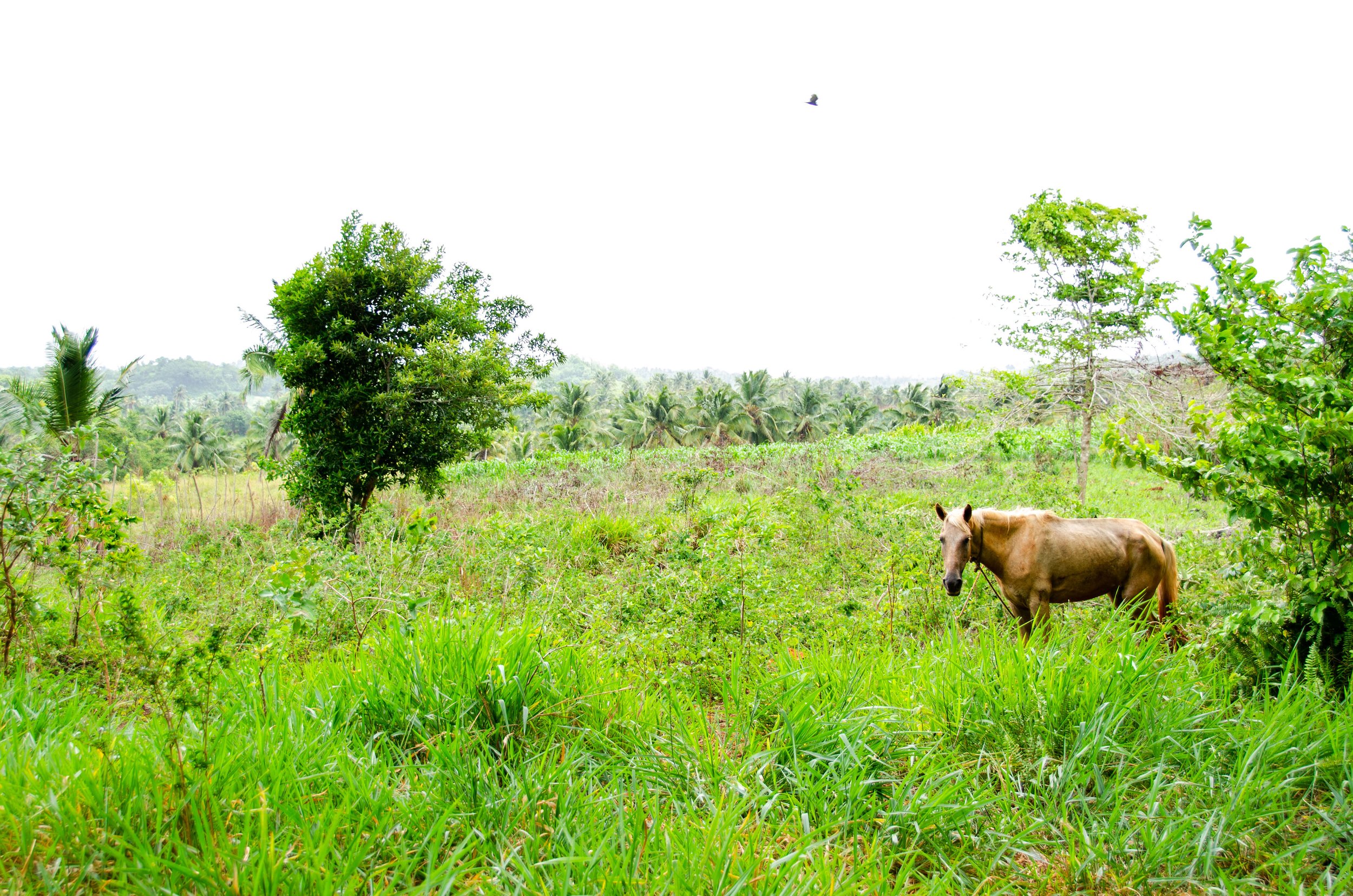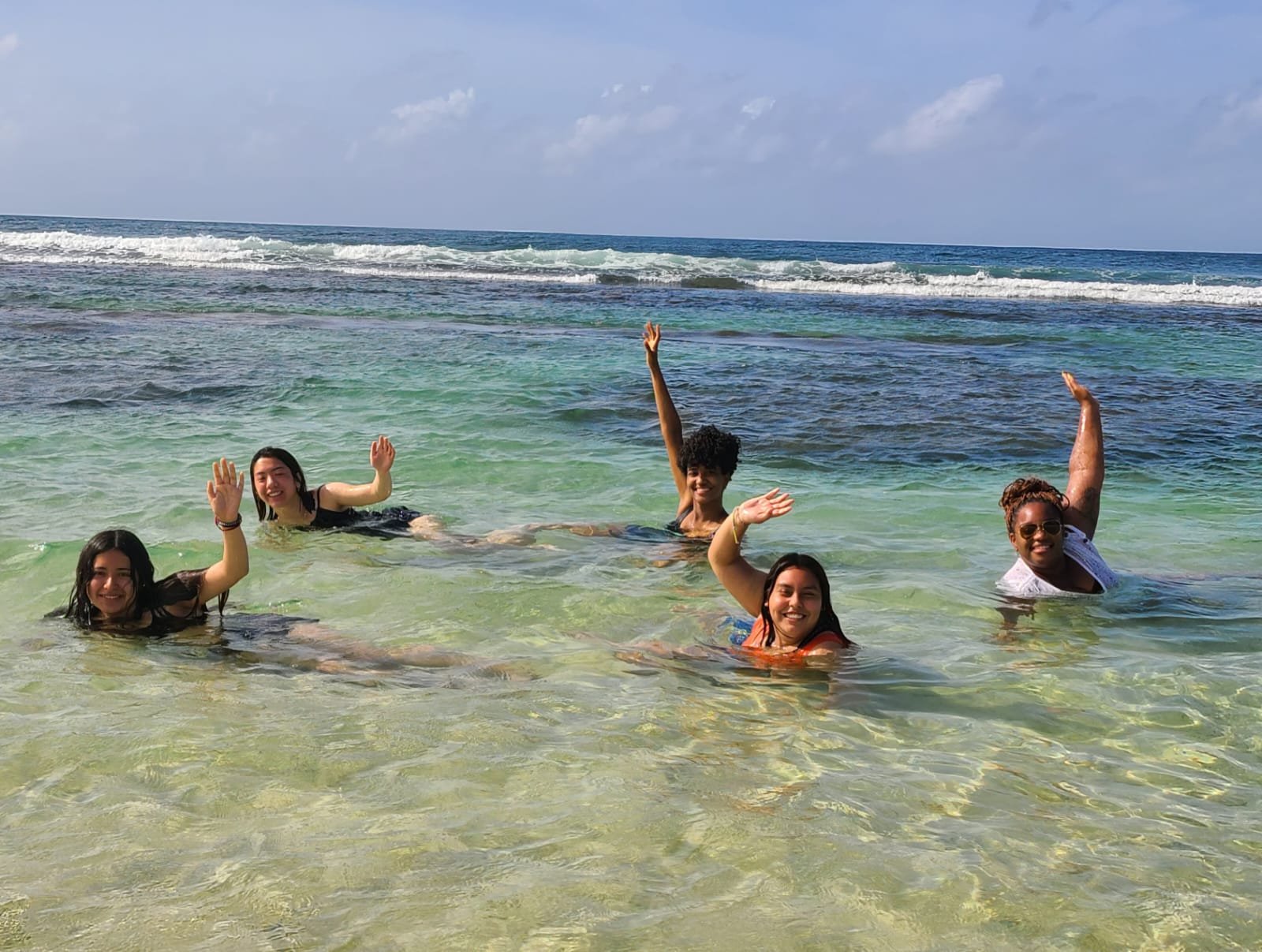
Dominican Republic
The Dominican Republic is a captivating Caribbean destination that seamlessly blends rich cultural heritage with breathtaking beauty—pristine, white-sand beaches stretching for miles where crystal-clear turquoise waters meet the lush greenery of palm trees and tropical forest. The country’s historic cities invite you to step back in time, discover the warm hospitality of the locals, savor the mouthwatering cuisine and sway to the rhythms of merengue and bachata.
Dominican Republic Info
Map
The Dominican Republic is located in the Caribbean region on the island of Hispaniola, sharing the island with Haiti. It is bordered to the west by Haiti and surrounded by the Caribbean sea to the South and the Atlantic Ocean to the North. The country boasts a diverse terrain, featuring stunning beaches along its 1,288-kilometer (800-mile) coastline, with a mix of mountainous regions in the central interior, including the Cordillera Central mountain range, and lush tropical rainforests. In terms of size, the Dominican Republic is roughly twice the size of New Hampshire, making it a geographically diverse and picturesque Caribbean nation.

Quick Facts
Capital: Santo Domingo
Population: 10,790,744 (The World Factbook 2023 est.)
Language/s: Spanish
Religions: Catholic
Independence: February 27, 1844
Government: Representative Democracy
Current Head of State: Luis Abinader
Currency: Dominican Peso
GDP by sector: Services, 56%; Manufactured goods, 15%; Construction, 14%; Remittances, 10%; Agricultural Production, 5%
History
The history of the Dominican Republic is a complex tapestry woven with indigenous and colonial threads. Long before European arrival, the island was inhabited by the Taíno people. Christopher Columbus, on his first voyage in 1492, reached the island, which he called Hispaniola, and it became a focal point for Spanish colonization. The Spanish colonizers brought disease and violence, leading to the decline of the Taíno population through enslavement and disease.
African slaves were brought to the island to replace the Taínos under brutal conditions, enduring forced labor, mistreatment and hardship. This cruel chapter in Dominican history was marked by the suffering of enslaved Africans and their descendants, as well as a legacy of racial inequality and discrimination. The impact of enslaved Africans is still visible today in the diverse cultural influences, music, dance and religious practices that are an integral part of Dominican culture. The Afro-Dominican community has made significant contributions to the country's heritage and continues to shape the nation's identity.
In 1697, the western part of the island was ceded to France and became Haiti. The Dominican Republic struggled under both Spanish and Haitian rule. After years of conflict, it gained independence in 1844 but faced internal strife and foreign interventions. Dictatorships, invasions and U.S. interventions left a mark on the country's history. While there have been challenges and difficult moments, the Dominican Republic continues to develop as a sovereign nation with a rich blend of indigenous and colonial influences.
Sample Itineraries

Partner With Us
Click below to schedule a call and learn more about why we’re the right destination management company for your travelers.














